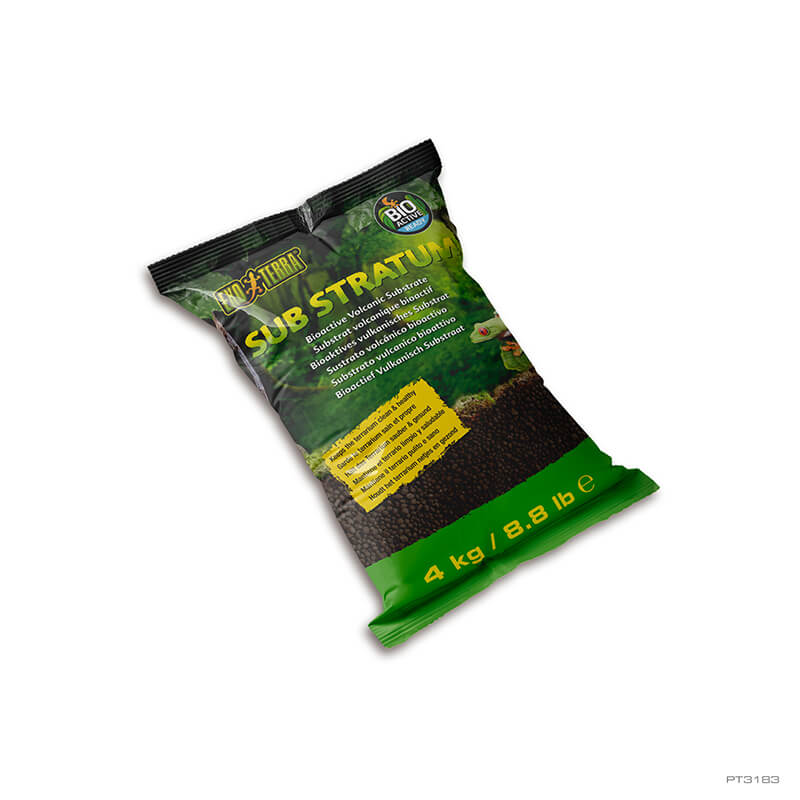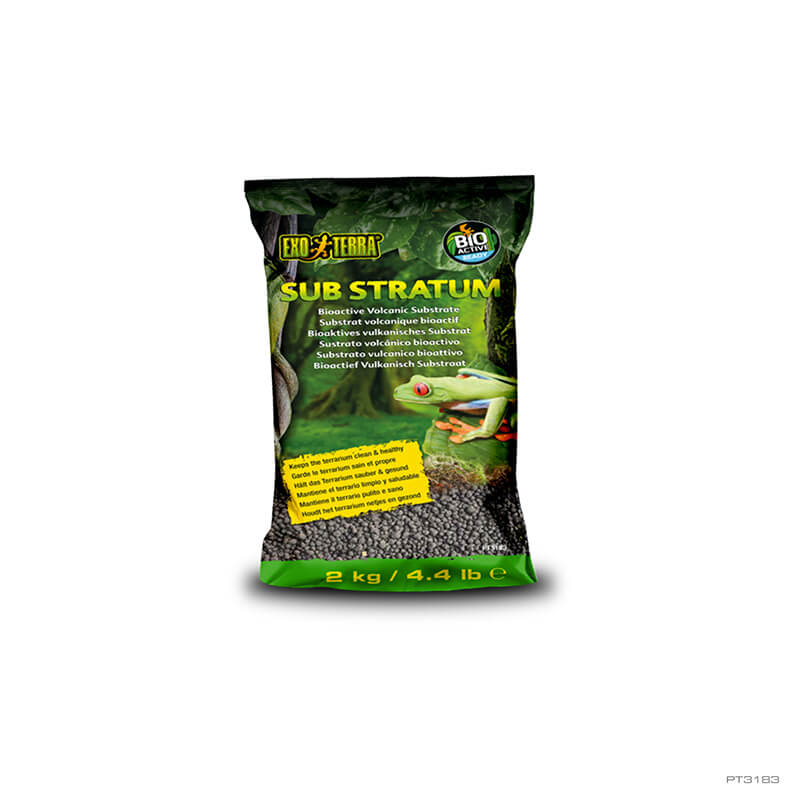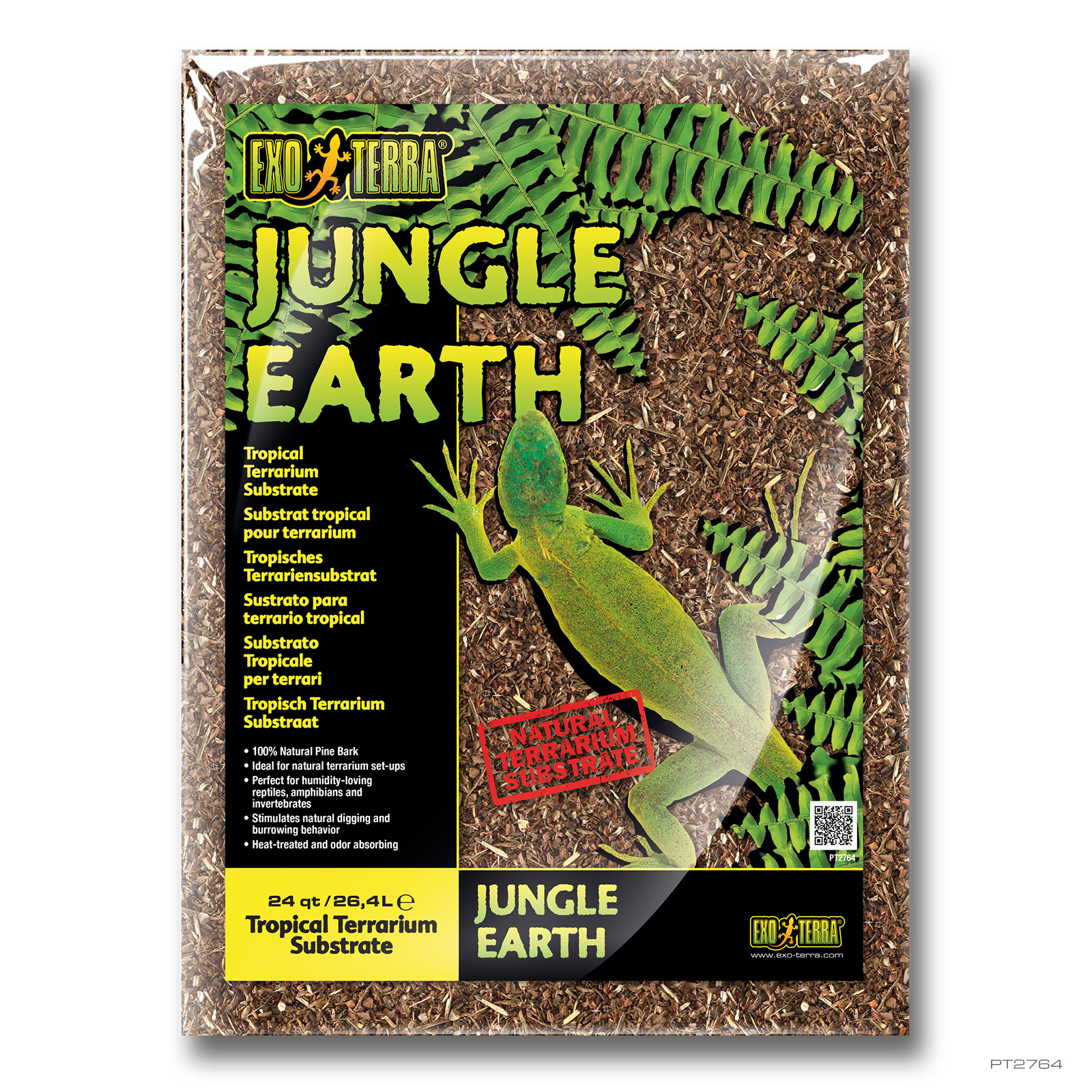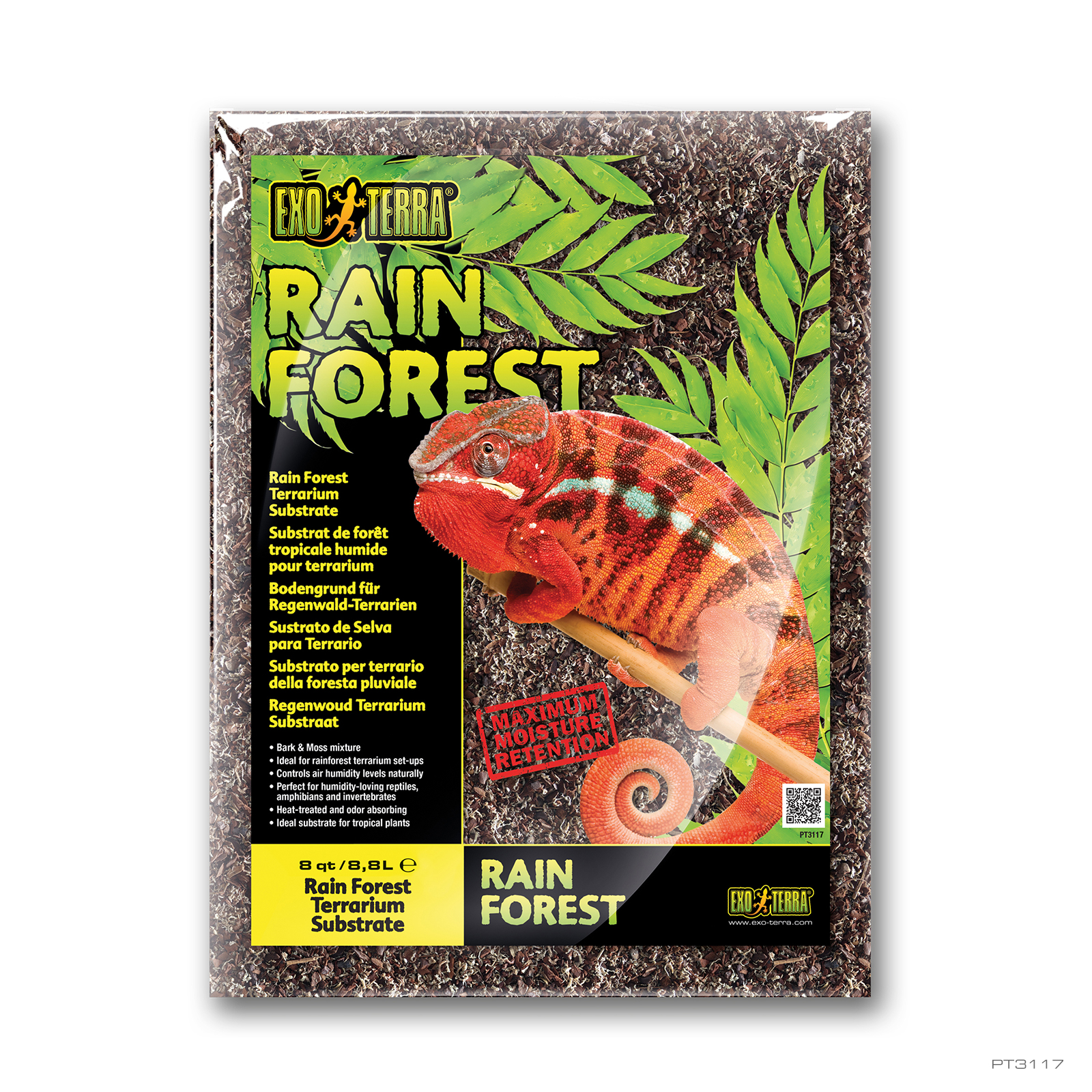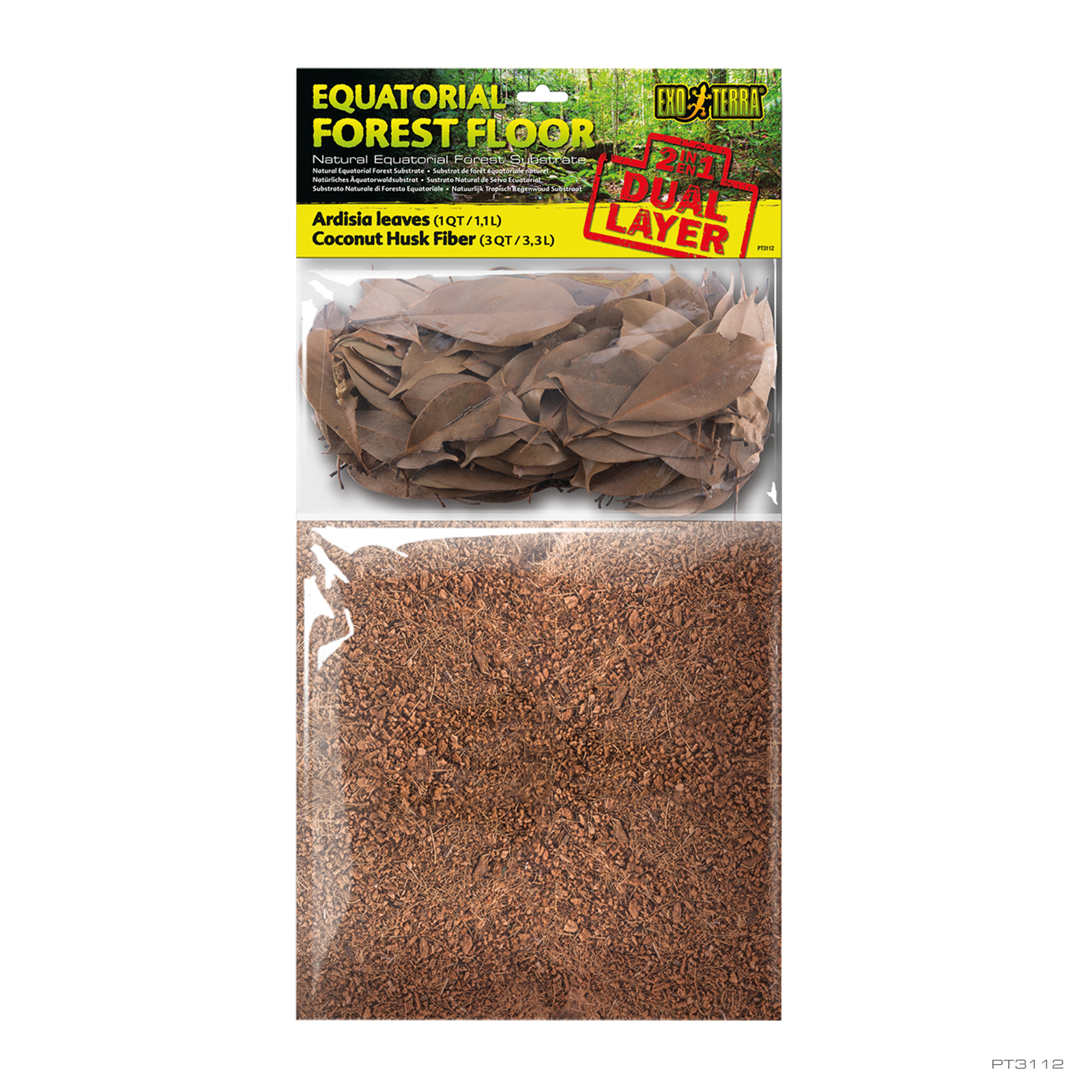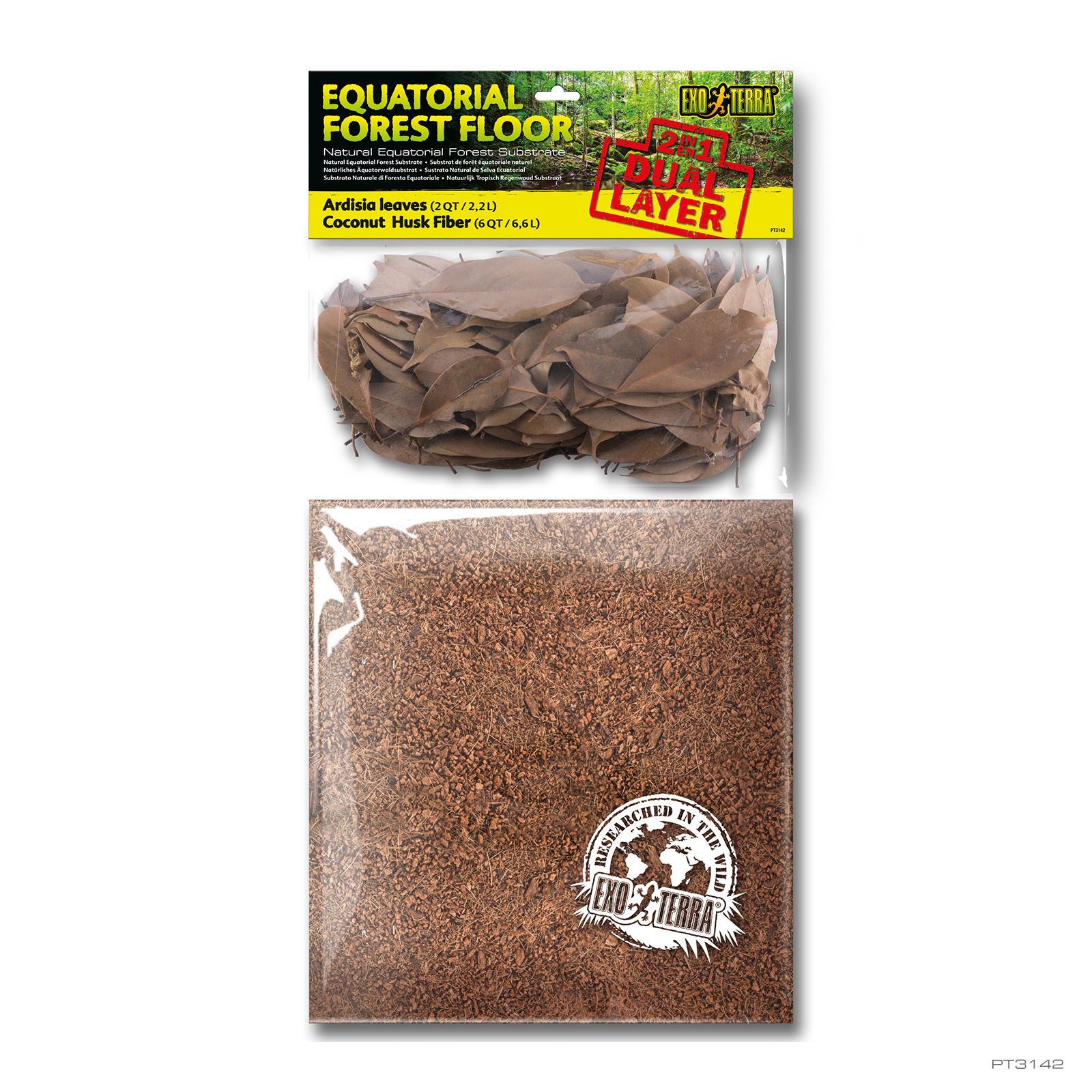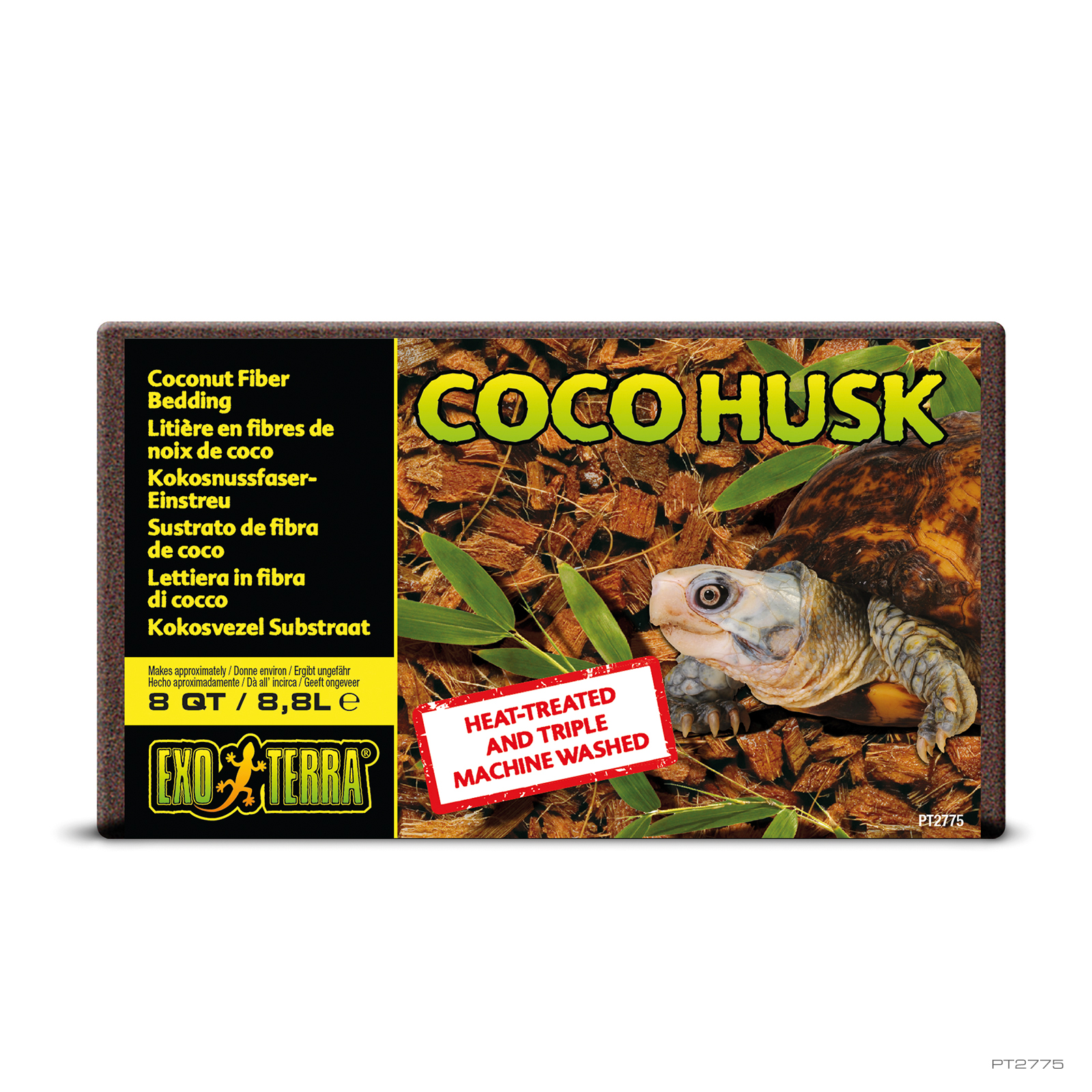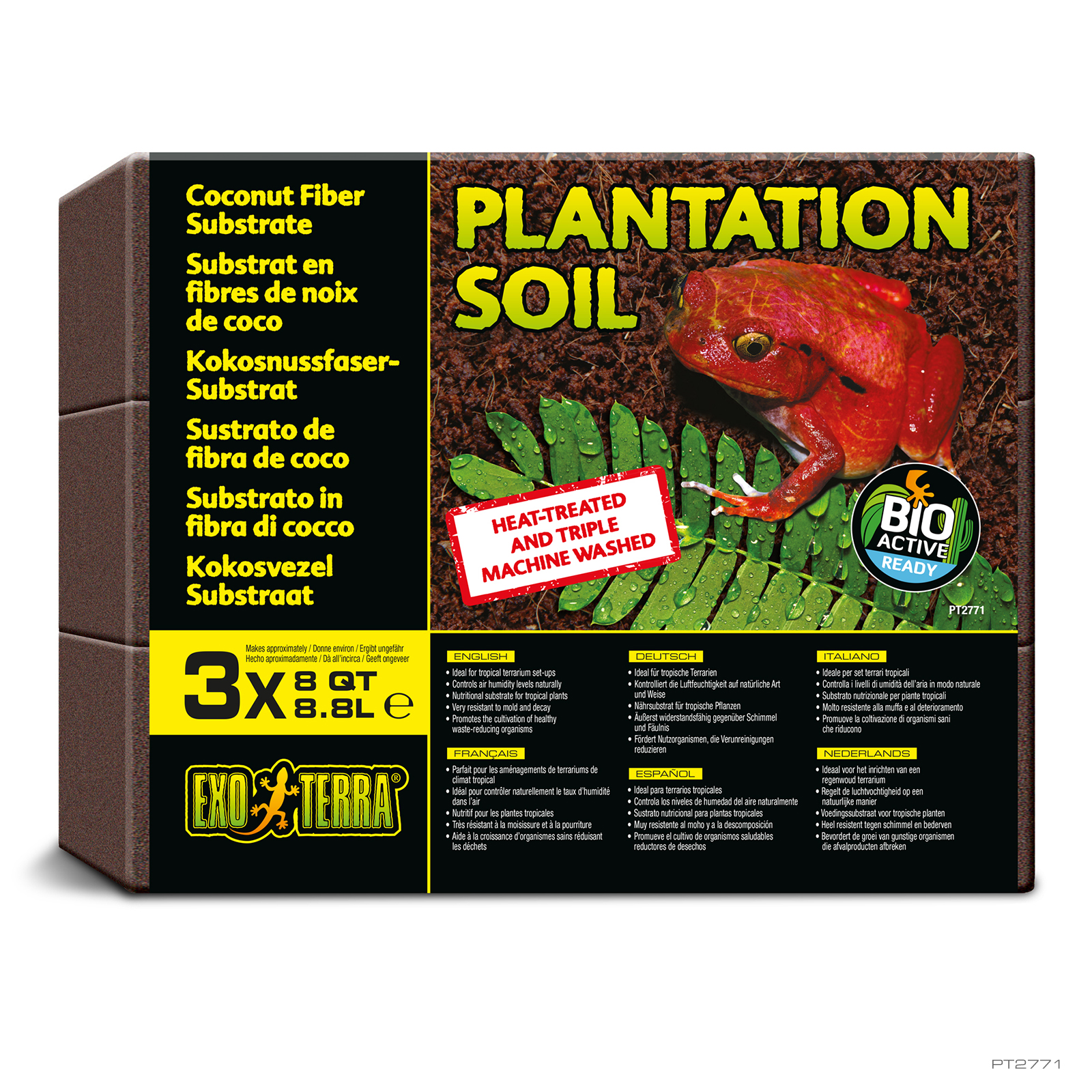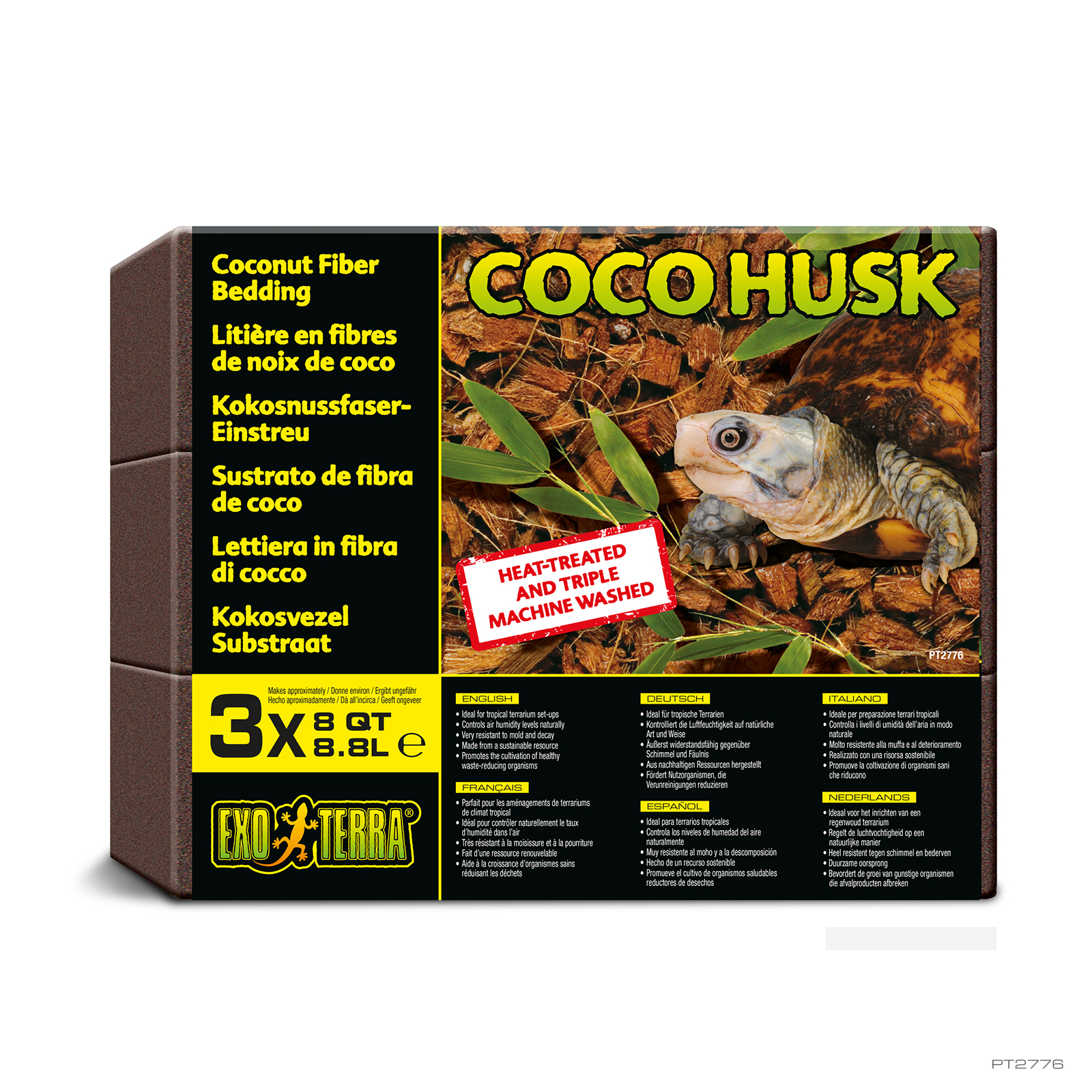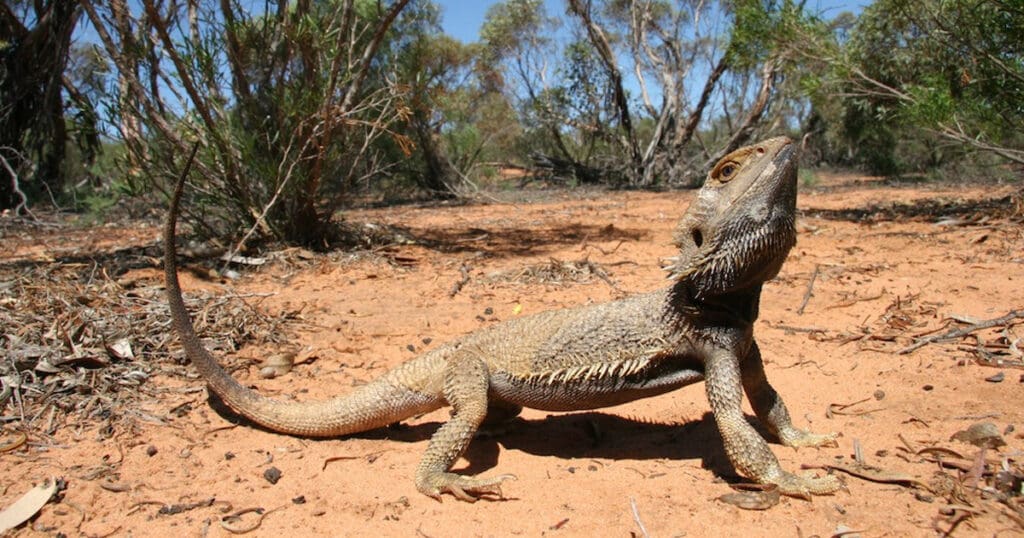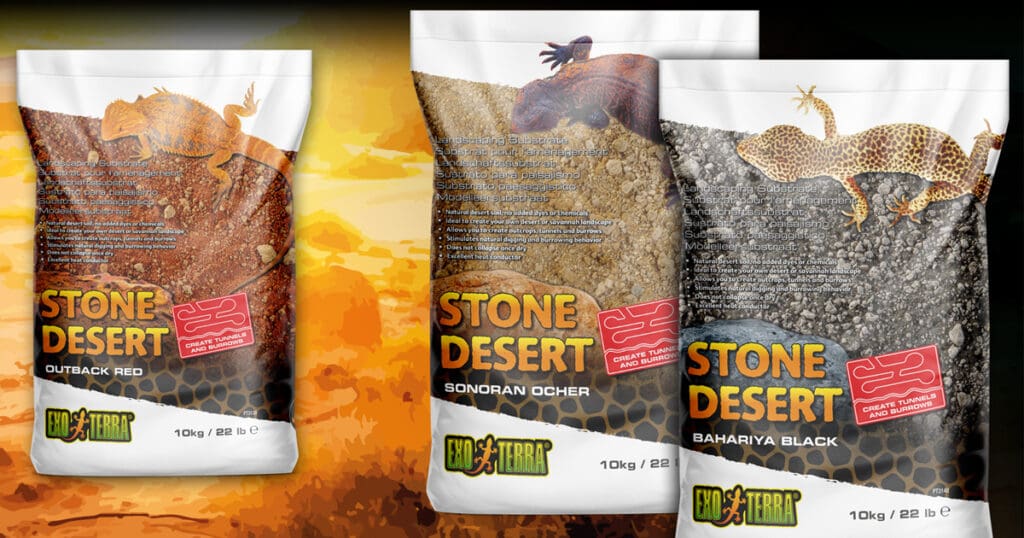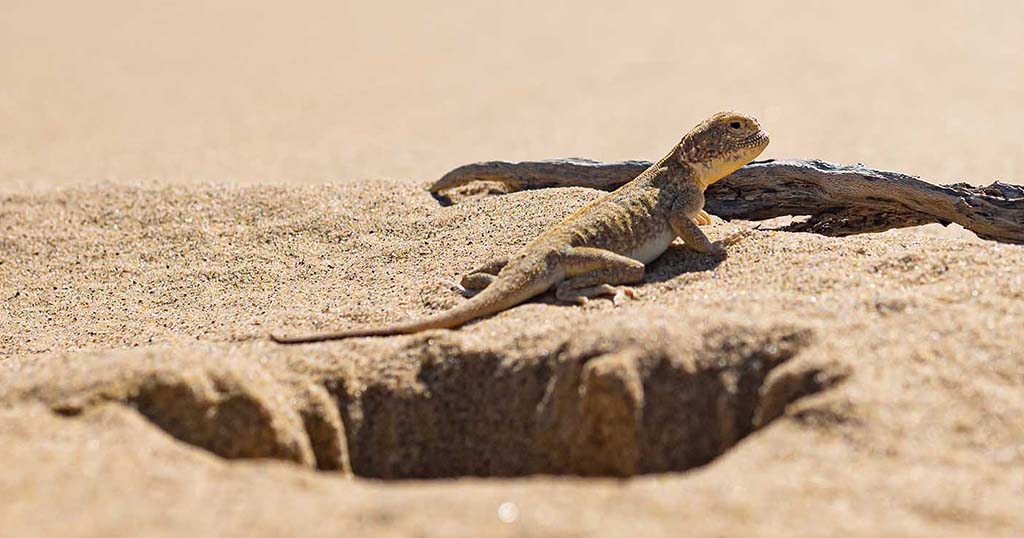
Why choose a natural substrate?
Thomas Merckx
Using a natural substrate in your terrarium offers a wide range of benefits that contribute to creating a healthy and thriving environment for the plants and animals inside.
A natural substrate can harbor beneficial microorganisms that contribute to the breakdown of organic matter, recycling nutrients, and supporting a healthy ecosystem. These microorganisms create a balanced environment that mimics natural ecosystems. In a natural substrate, nitrifying bacteria can convert ammonia (produced from animal waste) into less harmful substances like nitrate. This helps maintain a healthier environment by reducing harmful ammonia levels. Some substrates can act as pH buffers, helping to maintain a stable and suitable pH level for the terrarium’s inhabitants. As a consequence, natural substrates are an essential component of any bioactive terrarium.
Natural substrates, such as plantation soil or coco husk, contain essential nutrients that are beneficial for plant growth. These nutrients help to support the root systems and overall health of the plants in the terrarium. For plants, they provide a suitable medium for root anchoring and development. The roots can spread and grow more naturally, allowing the plants to establish themselves firmly.
Some substrates have a great water-holding capacity, which means they can retain moisture for longer periods. This helps to maintain a stable level of humidity within the terrarium, benefiting both plants and animals that may require specific moisture levels. Places inside the terrarium with a moist microclimate will support thermo-regulation, hydration, and aid the natural shedding process of reptiles and amphibians.
If your terrarium contains live animals, a natural substrate can mimic their natural habitat more effectively. These substrates offer options to dig, create burrows and hiding places, providing enrichment, stimulating natural behavior and effectively reducing stress.
Natural substrates generally provide a more realistic and aesthetically pleasing appearance in a terrarium. They can help to create a realistic and harmonious landscape, enhancing the overall visual appeal.
When using a natural substrate, it’s essential to consider the specific requirements of the plants and animals you intend to keep. Different species have varying preferences for substrate type and moisture levels, so it’s crucial to research and choose a substrate that aligns with the needs of your terrarium’s inhabitants. Proper maintenance, such as occasional cleaning and substrate replacement, will help ensure a long-lasting and healthy terrarium environment. A natural substrate will contribute to the overall well-being of all the animals and plants inside your terrarium.
Thomas Merckx
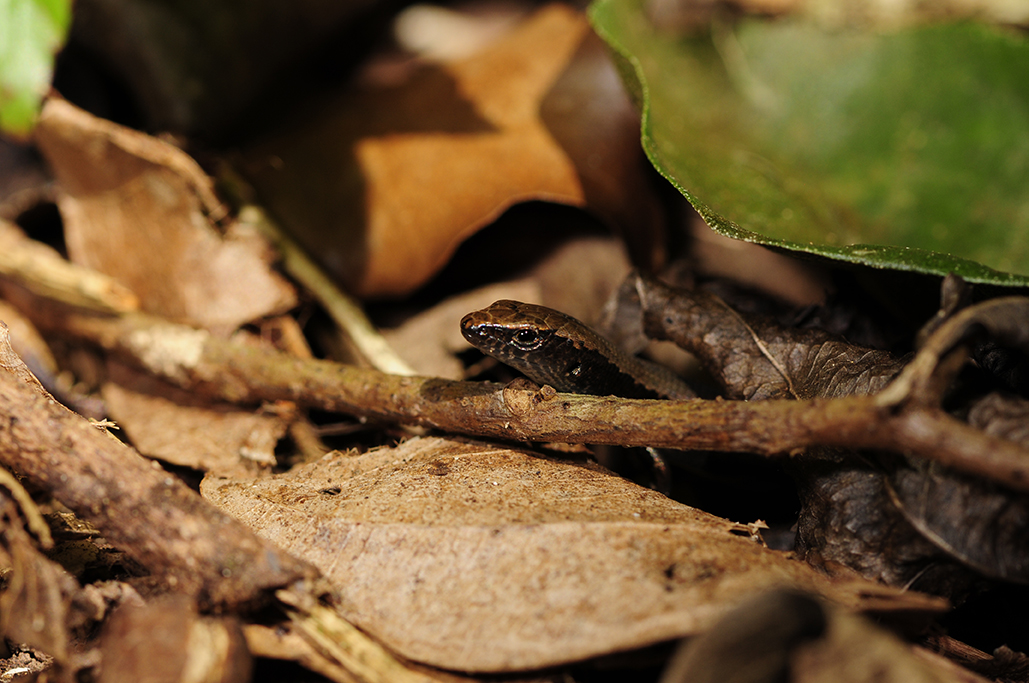

Speckled litter skink (Caledoniscincus atropunctatus) hiding in leaf litter substrate, New Caledonia - by B. Trapp.
Substrates Topics
Impaction, a secondary condition
Gastrointestinal impaction in reptiles and amphibians is considered a secondary condition: it typically arises as a consequence of other underlying issues or conditions. The primary causes that lead to gastrointestinal impaction are usually related to the animal's environment (for example temperature and humidity), diet, or overall health.
Stone Desert
The Exo Terra Stone Desert mimics the natural soil found in arid regions, like deserts or savannahs. Most desert soils are not purely sand-based but rather a combination of sand, decomposed granite and clay resulting in interesting and sometimes colorful rock formations. Exo Terra’s Stone Desert allows you to create your own desert or savannah landscape, including cool-humid burrows as well as warmer elevated basking areas.
Subterranean Sanctuaries
Fossils trace the origins of these subterranean dwellings back to the age of dinosaurs, with creatures carving out their own spaces some 260 million years ago. This ancient practice of burrowing has been a survival strategy adopted by numerous species throughout the millennia.
Stay up on all things exo terra.
"*" indicates required fields



